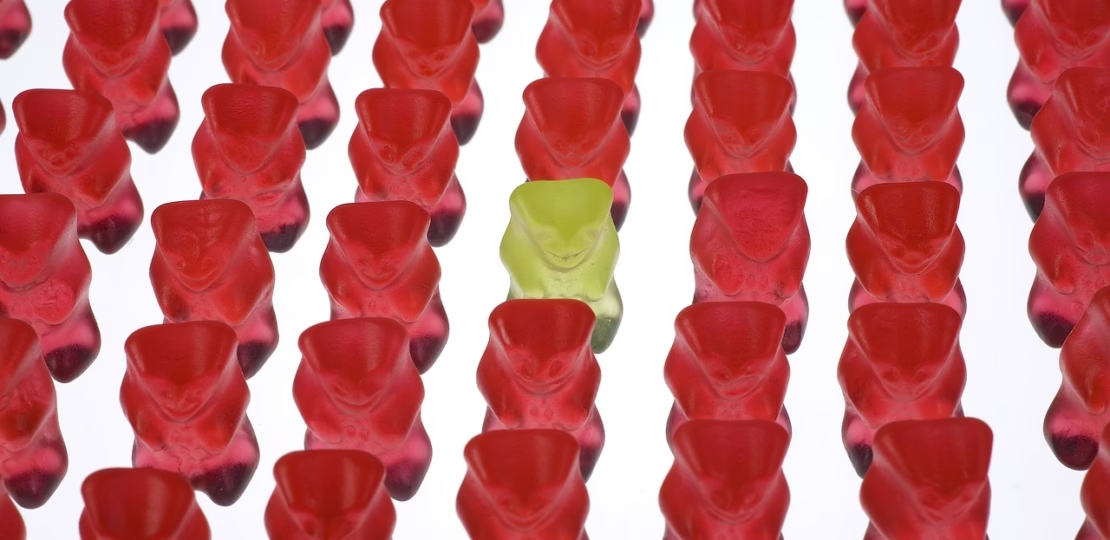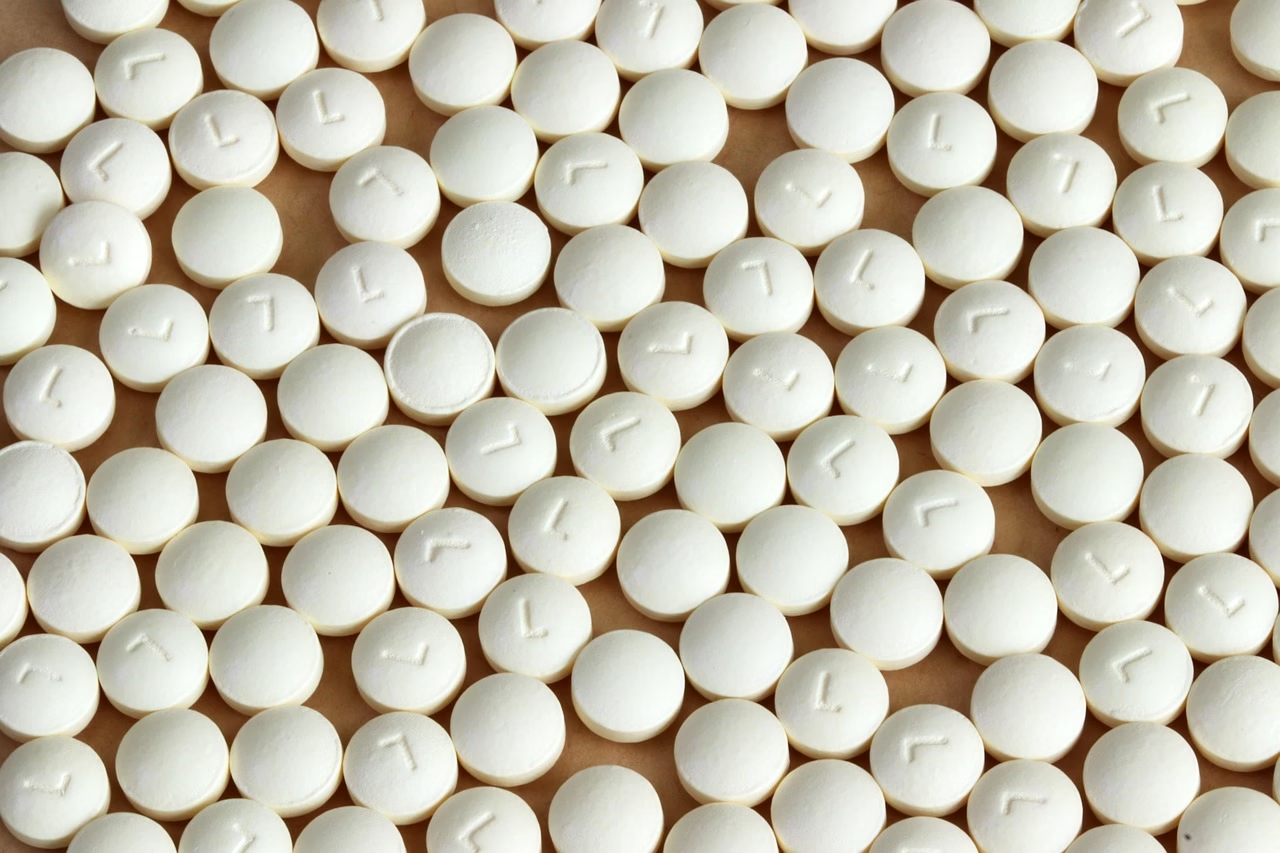Hold My Hand—We Need to Talk About High-Dose Melatonin Gummies
If you’ve ever tip-toed out of your child’s bedroom after the fourth rendition of “Twinkle, Twinkle,” I’m right there with you—heart full, nerves frayed, praying the sandman shows up on time. That prayer has driven record numbers of parents toward melatonin gummies. Yet the very supplement we hoped would bring peace is now sending thousands of little ones to the emergency room. Last week, the U.S. Food & Drug Administration (FDA) issued a consumer warning about high-dose melatonin gummies after a startling rise in pediatric ER visits. My goal today is to unpack what this means, why it matters, and how we can restore calm—safely.
What Sparked the FDA’s Warning?
Between 2019 and 2022, more than 11,000 young children arrived in U.S. emergency departments after ingesting melatonin they found at home—nearly half of those cases involved flavored gummies. The trend reflects a 420 % jump in melatonin-related ER visits since 2009 and mirrors a 530 % surge in poison-center calls between 2012 and 2021. When investigators realized that many of the products contained far more melatonin than their labels claimed, the FDA stepped in with a formal safety communication urging manufacturers to tighten quality control and parents to lock gummies away.
Why High-Dose Gummies Are Riskier Than You Think
In a recent analysis of 25 gummy brands, researchers found that 22 had inaccurate labels; some packed 74 % less melatonin than promised, while others delivered a staggering 347 % more. A few products swapped melatonin entirely for cannabidiol (CBD)—an illegal additive in dietary supplements marketed for children. That means your child could accidentally swallow a week’s worth of hormone in one sticky handful.
Melatonin isn’t a vitamin; it’s a hormone that nudges the brain toward sleep. In kids, excess levels can flip the switch too far—causing daytime lethargy, headaches, nausea, or, in rare cases, dangerously slowed breathing.
How Much Is “Safe” for Little Bodies?
Most pediatric sleep specialists stay within 0.5–1 mg for toddlers and up to 3 mg for older children, taken 30–60 minutes before bed and only for short-term use. Many gummies, however, start at 5 mg—and a “serving” often looks like candy. Add the mislabeling problem, and that cute bear-shaped chew could deliver 10–15 mg in one bite.
Remember: children produce their own melatonin. Flooding their systems with high doses can disrupt natural circadian rhythms, blunt puberty-related hormone signals, and, in high amounts, depress respiratory drive.
Concrete Steps to Protect Your Family
- Treat gummies like medicine. Keep the bottle in a locked cabinet, not the nightstand. Seventy-five percent of accidents occur when a child simply twists off the lid.
- Scrutinize labels—then halve the claim. If the label reads 3 mg, assume it could be 6 mg. Choose the lowest-dose, third-party-verified product you can find, or consider a liquid formulation where you can control drops precisely.
- Avoid products that combine melatonin with CBD, herbs, or “sleep blends.” Added botanicals may interact with medications, and CBD remains unapproved for pediatric sleep issues.
- Opt for child-resistant packaging. Look for safety caps and clearer warnings—many reputable manufacturers are adopting these features.
- Partner with your pediatrician. If sleeplessness lasts more than two weeks, ask about behavioral sleep training, anxiety screening, or iron and vitamin D evaluation—nutrient deficiencies can mimic insomnia.
Gentle Alternatives for Restful Nights
Before reaching for a supplement, try these holistic tools:
- Dim the home lights after sunset. Bright LEDs suppress melatonin for everyone—switch to warm bulbs or candle-level lighting.
- Institute a screen sunset. Power down tablets and phones at least 60 minutes before bed; blue-light–filter glasses only go so far.
- Practice “4-7-8” breathing together. Four-second inhale, hold for seven, exhale for eight. This cues the vagus nerve, lowering heart rate and cortisol.
- Keep the bedroom cool (65–68 °F) and scent-free. A dark, quiet, slightly chilly space supports natural melatonin release.
- Anchor mornings with sunlight. Open curtains within 15 minutes of wake-up; natural light resets the brain’s internal clock more powerfully than any pill.
The Take-Home Message
Melatonin can be a helpful bridge during travel, developmental leaps, or acute stress—but it is not a cure-all gummy bear. The FDA’s recent warning is a sobering reminder: when we outsource bedtime to high-dose supplements, we invite unpredictable chemistry into fragile bodies.
Let’s reclaim the lullaby. With mindful dosing, secure storage, and a return to gentle sleep routines, we can keep our children safe while honoring their need—and ours—for restorative rest. If you’re feeling overwhelmed, breathe. You’re not alone, and you’re doing the most important work there is: shepherding little hearts through the night toward tomorrow’s light.
—Dr. Rachel Bloom, PhD, MS, Integrative Health & Wellness





